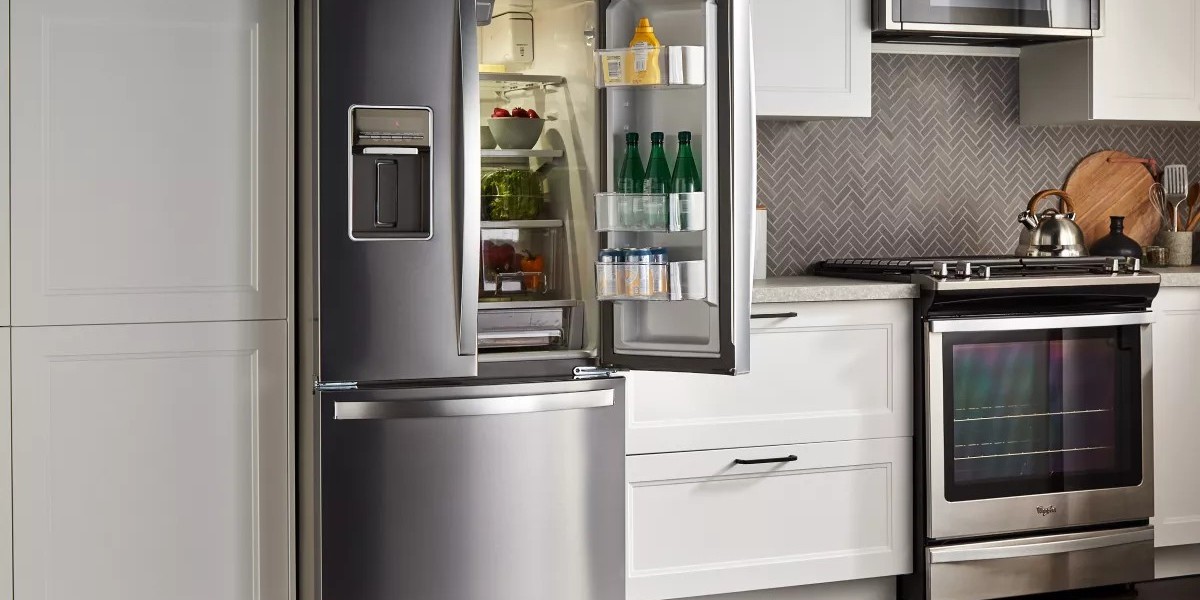When you open your refrigerator and find warm air instead of the refreshing coolness you expect, it can be alarming. A refrigerator not cooling enough can lead to food spoilage and waste. In this guide, we’ll explore the common causes of this issue and how to address them effectively.
Identifying the Symptoms
The first step in troubleshooting is recognizing the symptoms. If your refrigerator is running but not cooling, you might notice:
- Items in the fridge are warm.
- Ice is melting in the freezer.
- Condensation on the outside of the fridge.
Common Causes
1. Thermostat Issues
One of the primary reasons for a refrigerator not cooling enough is a malfunctioning thermostat. If it's set too high or is faulty, it won’t maintain the desired temperature. Always check the thermostat settings and adjust them to around 37°F (3°C).
2. Airflow Blockages
Another common culprit is restricted airflow. If the vents inside your refrigerator are blocked by food or containers, cold air cannot circulate properly. Ensure nothing is blocking the vents to allow for optimal airflow.
3. Dirty Condenser Coils
Over time, dust and debris can accumulate on the condenser coils, which are responsible for dissipating heat. Cleaning these coils regularly—at least twice a year—can enhance your refrigerator’s cooling efficiency.
4. Defective Door Seals
Worn or damaged door seals can allow warm air to seep in, impacting the fridge’s cooling performance. Inspect the seals and replace them if necessary to maintain an airtight environment.
Troubleshooting Steps
To tackle a refrigerator running but not cooling, follow these troubleshooting steps:
- Adjust Thermostat: Start by checking and adjusting your thermostat.
- Clear Vents: Ensure that all vents are free of obstructions.
- Clean Condenser Coils: Use a vacuum or a coil brush to clean the coils thoroughly.
- Check Door Seals: Examine seals for any cracks or damage.
When to Seek Professional Help
If these steps do not resolve the issue, you may need to call a professional. Possible underlying issues could include:
- Compressor Failure: If the compressor isn’t working, the refrigerator won’t cool effectively.
- Refrigerant Leak: A leak in the refrigerant lines can significantly impact cooling performance.
- Thermostat Malfunction: If the thermostat is faulty, it may not correctly signal the compressor.
Conclusion
By understanding the common causes and following the troubleshooting steps outlined, you can address the problem of your refrigerator not cooling enough effectively. Regular maintenance is key to preventing future issues. If you continue to experience problems, don’t hesitate to consult a professional repair service.



